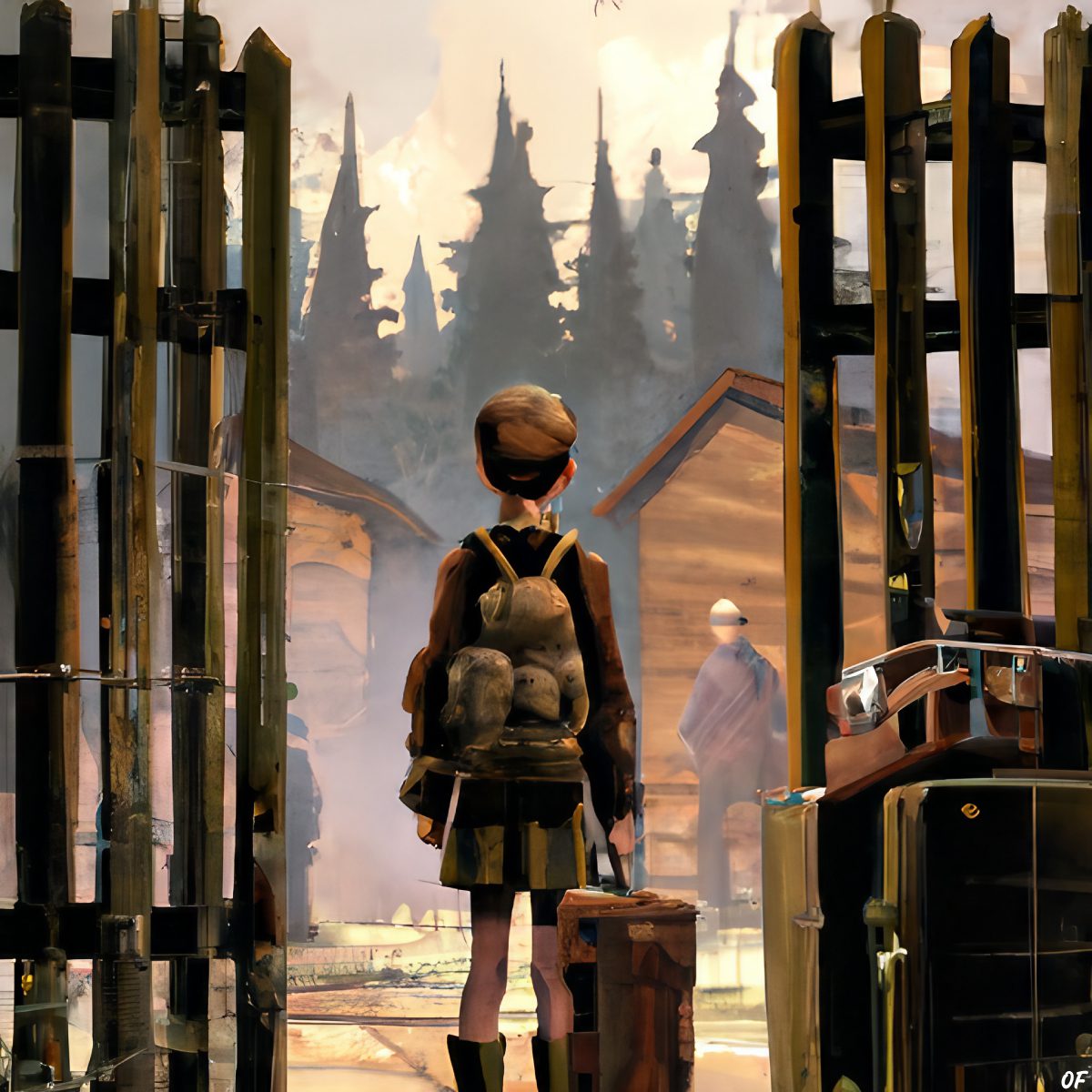Thinking about summer camp generally conjures images of a group of kids running around, swimming, hiking, fishing, or perhaps learning a new skill such as archery, all followed by singing around the campfire after dark.
In the 1930s, on Long Island, New York, Camp Siegfried offered many of these same activities, mostly to children of German immigrants. It offered something far more sinister, too—Nazi indoctrination.
Camp Siegfried and the German American Bund
Camp Siegfried was owned by the German American Bund, an American Nazi organization that sought to promote a positive view of Nazi Germany in the United States. Originally called Friends of the New Germany, the organization changed its name to the German American Bund in 1936 to appeal to a broader audience and distance itself from its more radical roots.
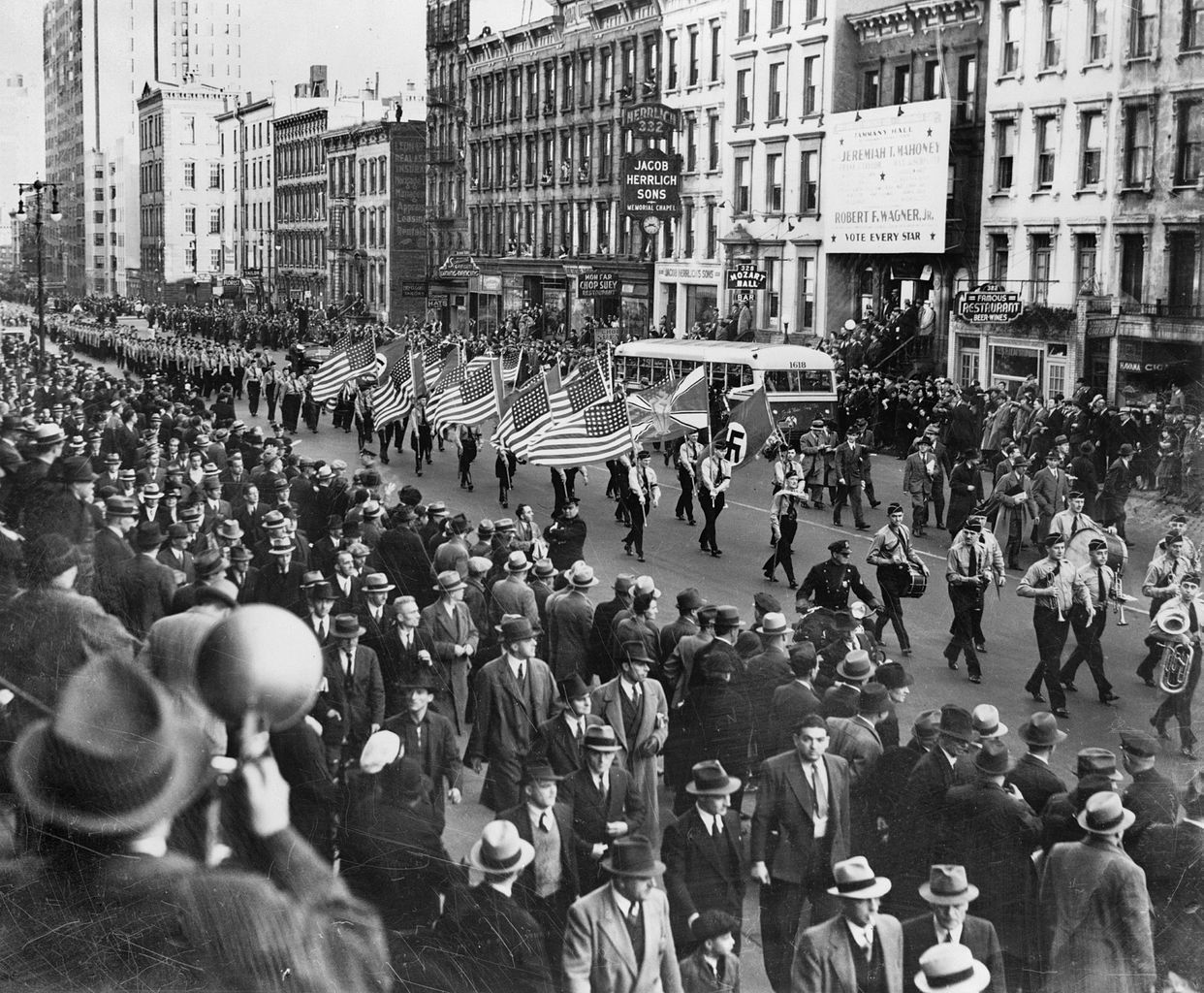
The new name was meant to emphasize the organization’s commitment to German-American identity and culture while also affirming its loyalty to Nazi Germany, albeit in a subtler manner. The name change also helped soften the organization’s image, as it no longer had the same association with the Nazi regime.
Be that as it may, Camp Siegfried was an important symbol of the Bund’s commitment to the Nazi cause. It wasn’t the only camp of its kind operating in the US in the 1930s, as the German American Bund had also established a few other camps of the same kind around the country, including Camp Nordland in New Jersey, Camp Hindenburg in Wisconsin, and the Deutschhorst Country Club in Sellersville, Pennsylvania.
The German American Settlement League
While the German American Bund owned Camp Siegfried, the camp was actually operated by another group, the German American Settlement League, whose president, Ernst Mueller, was one of the leading Bundists. According to its bylaws, one of the League’s primary purposes was to “cultivate and propagate in every direction true Germanic culture and to cultivate the German language, customs, and ideals.”
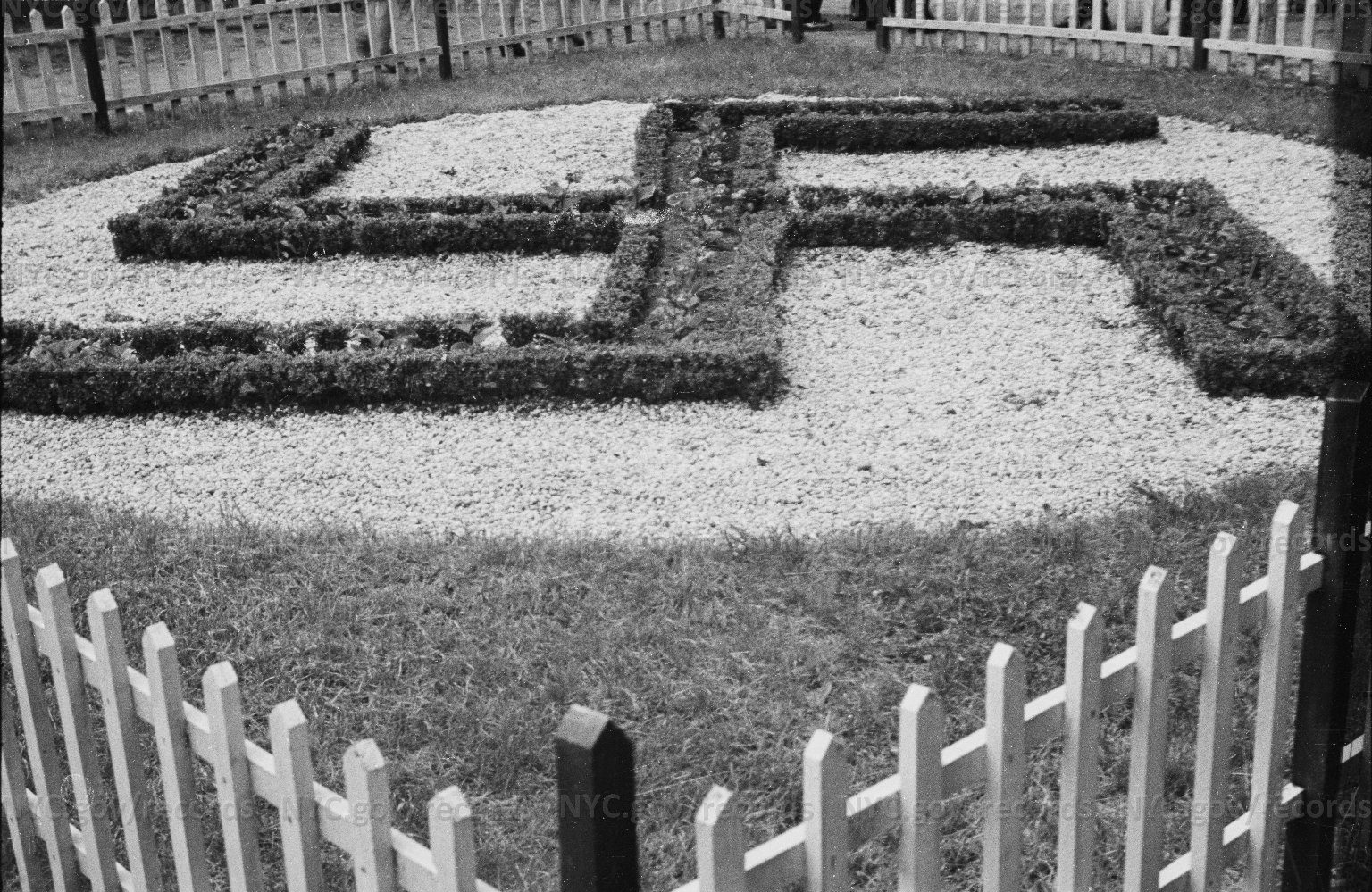
The German American Settlement League was most likely chosen to operate the camps in order to distance the German American Bund from the activities of the camps, as the Bund was under increasing scrutiny from the American public and the federal government. The League was also a more innocuous organization than the Bund, and its activities did not reflect poorly on the Bund.
Camp Siegfried and German American culture
At Camp Siegfried, the German American Settlement League operated a summer camp for kids and tried to promote the camp as a family-oriented summer retreat for German Americans who wanted to celebrate their culture.
There were oom-pa-pa bands, Oktoberfest celebrations, a bar for the adults, and, on weekend mornings, the Long Island Railroad even ran trains called Camp Siegfried Specials. The trains would leave Penn Station in the morning and would later in the day arrive in Yaphank, the town near which the camp was located. As the passengers got off of the trains, women in German peasant outfits would greet them with flowers, while a band played traditional German music in the background.

In August 1938, the New York Times reported that some 40,000 people attended the Camp Siegfried German Day Festival. While the camp may have delivered on its promise to be an enjoyable family retreat for German Americans, it was also a site for promoting Nazi ideology. Nazi flags were prominently displayed, and Nazi speeches and propaganda were common, as well as photos of the Führer himself, Adolf Hitler.
Camp Siegfried Youth Camps
“It was a family retreat and it was like any other kind of ethno-centric family retreat,” Arnie Bernstein, author of Swastika Nation: Fritz Kuhn and the Rise and Fall of the German-American Bund, told the New York Daily News in 2016. “They had German folk festival kind of stuff, oom-pa-pa bands, Oktoberfest—but with a Nazi flair.”
Bernstein contends that there were speeches, rallies, gung-ho campers singing around a bonfire, and excursions for the whole family, but the focus was on the children’s camp. He says of it:
The most important thing about these places was these youth camps, where they were training the future little Aryans who they thought would run the country. On the surface it was like any kind of regular camp—swimming, athletic contests, singing, dancing—but underneath there were some really ugly things going on there.
Summer Camp with forced child labor
While Camp Siegfried offered German Americans a place to send the kids for the summer, it is doubtful that all of the parents knew that their children were also being forced to do construction on the camp’s facilities—simply because the owners of the camp did not want to deal with the unions on Long Island.
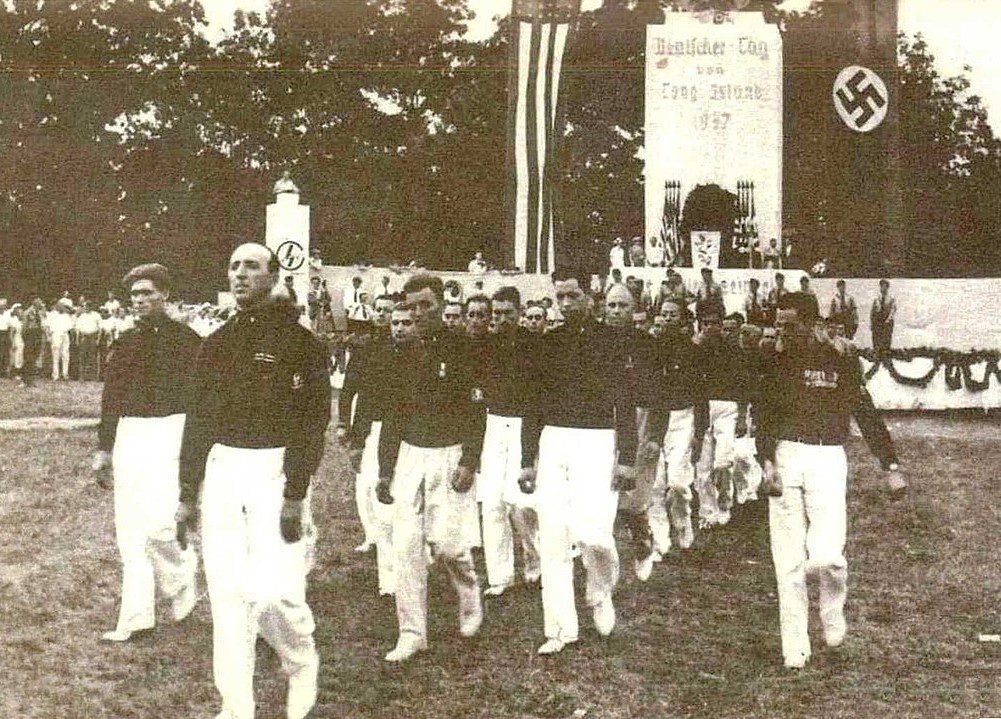
The unions were thought to be filled with Communists and Jews, so if they were able to exploit these teenagers for free labor, the camp leaders could avoid needing to have the unions work at the camp. The children were worked hard, and often the parents were not even allowed to see them on the grounds.
Along with the manual labor of building the Long Island camp’s facilities, the kids also did military-style training. Leaders would wake the kids up in the middle of the night, force them to strap on thirty-pound packs, and then have them march through bramble-covered trails, often getting cut up as they marched along.
Teaching Nazi ideology on Long Island
Forced labor and military drills aside, it seems that the most important purpose of Camp Siegfried was—in the words of Ryan Shaffer from the Department of History at Stony Brook University, writing in the Long Island History Journal—”the celebration and dissemination of ideology.”
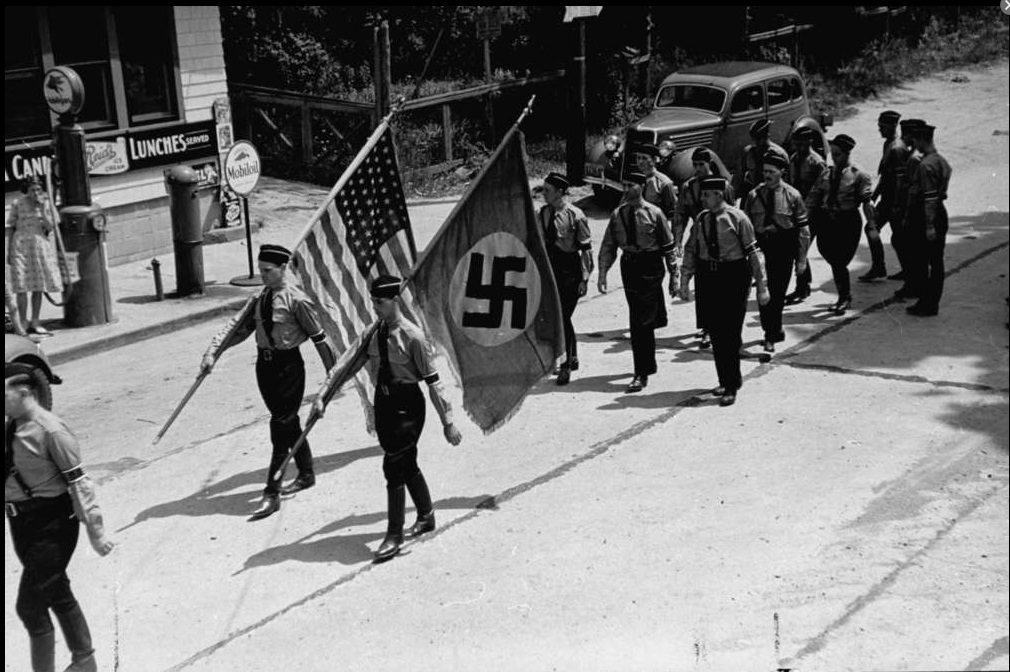
German American kids were not only taught philosophy from German language textbooks and taken on trips to Germany, but they were also trained to venerate the German nationalist spirit, and instructed on how to live in the United States according to Nazi ideology. Camp Siegfried’s main goal was to spread the Nazi message of German racial superiority and to reinforce the loyalty of German Americans to the Nazi cause.
Shaffer also describes that uniforms like those worn by the Hitler Youth in Germany were smuggled into the US by exchange students and that one could see American kids wearing these Hitler Youth uniforms in rural Suffolk County. In his piece, Shaffer quotes a letter from the period that “detailed the presence of 150 to 300 children at the camp who used to wear a uniform like that of the Hitler Youth in Germany.”
The darkest side of Camp Siegfried
Believe it or not, neither teaching gullible kids Nazi ideology nor them to wear Hitler Youth uniforms were the worst of the abuses happening at Camp Siegfried.
Prior to the start of World War II, groups like the Bund were following the example of Germany and began to encourage young German Americans to have sexual relations with each other in order to produce more Aryans. The teenagers at Camp Siegfried were no exception. In the words of Arnie Bernstein:
They were encouraging the young men and women to have relations, to produce Aryan children. They weren’t just encouraging sex, though; they were also forcing it. Afterward, horrific accounts emerged, of male counselors raping female campers.
One camper fights back against sexual abuse
In “Nazis on Long Island: The Story of Camp Siegfried,” a video produced by the Museum of Jewish Heritage, a panel describes how the boys’ and girls’ cabins at Camp Siegfried were put close together so as to allow the teenagers to come together to produce good Aryan children.
In August 1937, one female camper by the name of Tillie Koch, finally decided to try to put an end to the practice, so she volunteered to stay up late to stand guard against the boys raiding the sleeping quarters of her sister campers. As a result of her staying up all night—and being outside in the cold over many nights—she eventually developed a cold.
The staff at the camp would not help her or get her to a doctor, as they believed that German children should never turn into “soft Americanized sissies” In just a few days, the cold turned into pleurisy, and by the middle of the month, Koch died as a result of attempting to protect the other young girls from unwanted sexual advances.
Camp Siegfried in the theater
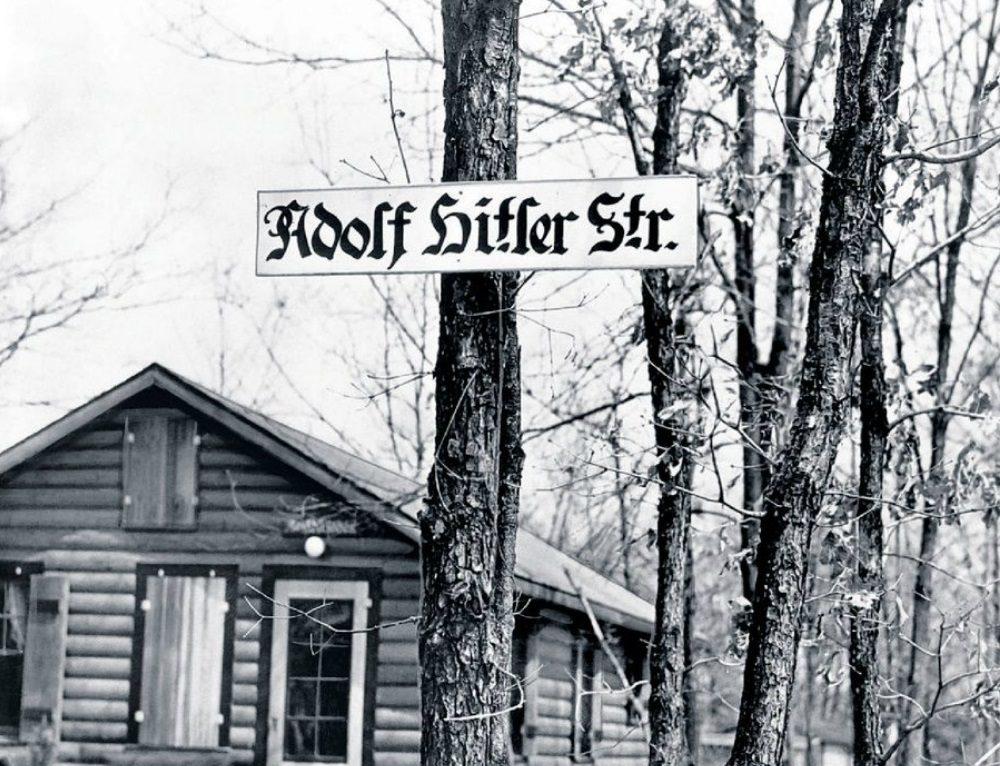
Camp Siegfried—with its uniforms, swastikas, Nazi sympathizers, and indoctrinated German-American teens—has remained largely unknown to this day, except perhaps to those with a special interest in the Nazi past of the United States, or the people who have lived in the area.
However, this may soon change, as Tony-nominated playwright Bess Wohl has recently authored a play titled Camp Siegfried, which had its critically-lauded American premiere in November 2022. The play centers on two teens, a boy and a girl, who fall in love during one warm Long Island summer, the last before the beginning of World War II.
The eighty-minute play is both an adolescent love story and a plunge into the lure and danger of extremism. As it follows the pair of teens navigating their way through Nazi indoctrination in America, it also serves as a cautionary tale about the power of propaganda and the fragility of youth.
Performed both in London and off-Broadway in New York, it should introduce better the history of Camp Siegfried—and American Nazism—to a much wider audience, and hopefully encourage more people to explore this forgotten bit of American history.

